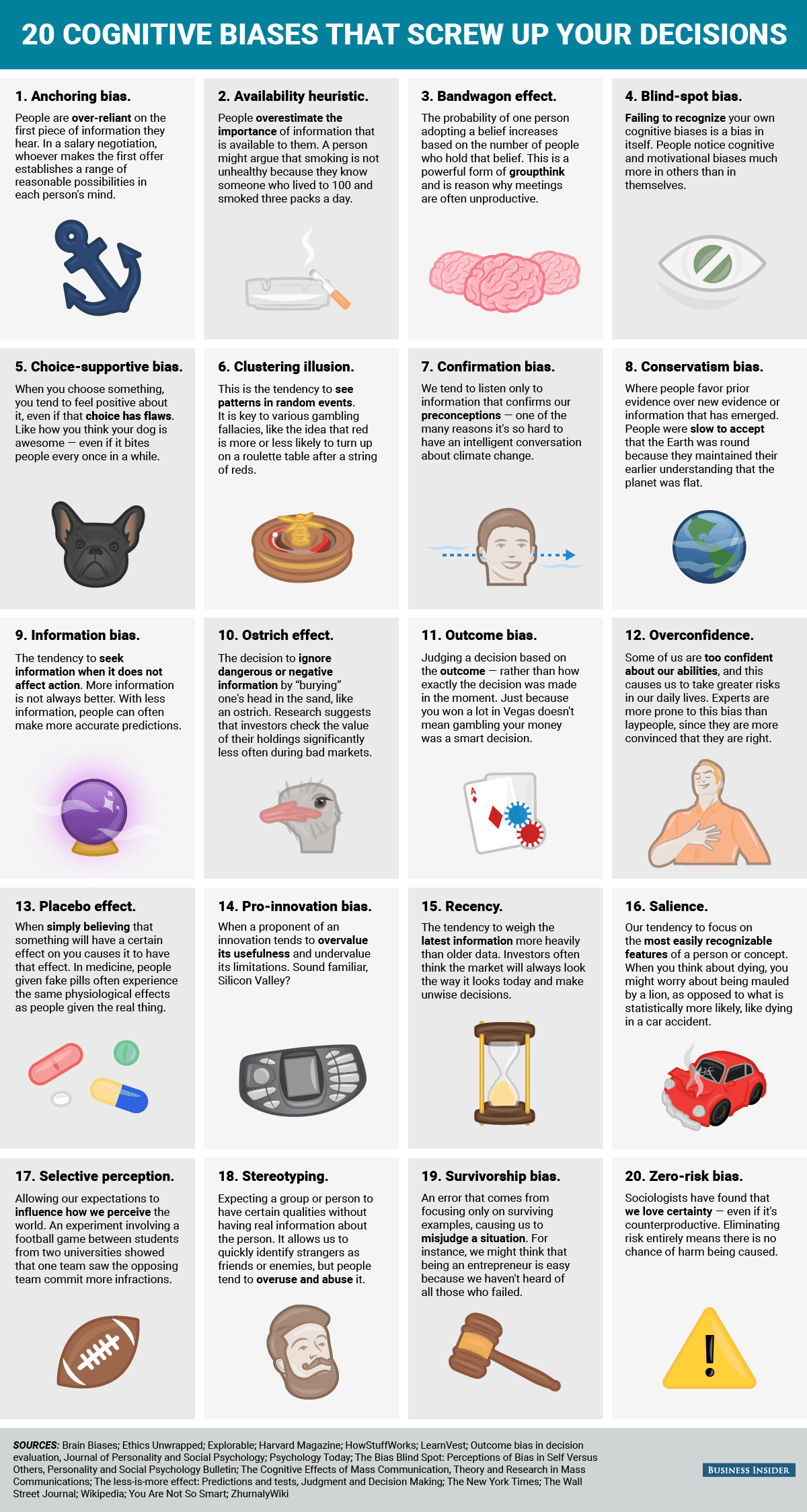Trending Now
We think we make decisions independently until we realize that biases can cloud our judgment. So how do we become objective enough to make better decisions?
Science and psychology can help you understand your own biases so you can hopefully figure out what influences you. And hey, remember that your interest in self-improvement means you’re already a step ahead of the curve. Check for these five biases when making decisions.

Photo Credit: Pexels
5. Choice-Supporting Bias
Let’s suppose you decide to buy a $200 pair of shoes even though it wasn’t a good idea. You justify it by saying that you earned this pair of shoes even though you could have used a coupon or searched for a better option. Maybe the $50 pair of shoes was just as nice, but you tell yourself your decision was good because it was yours.
That’s choice-supporting bias. People make a decision that isn’t good. Perhaps they didn’t have all the best information (they didn’t know about an upcoming sale, or about other shoe stores, in this example).
Instead, they try to rationalize everything so they can feel better.
4. Bandwagon Effect
Have you ever walked out of a group meeting where people agreed on something because a more powerful person said it or because agreeing on the first suggestion was easier? If everyone is agreeing, then the idea or decision must be good.
This is the bandwagon effect. It’s common practice for consumer businesses to talk someone into buying something because “everyone else is doing it.”
The bandwagon effect may persuade someone to buy this item even if it means compromising their beliefs.
3. Anchoring Bias
Also known as focalism, this refers to a tendency to rely on only one type of information in order to make a decision.
Suppose you are looking for a new home, you may give too much importance to one neighborhood over another, even when there are comparable areas to live in that would help you snag a good deal.
2. Availability Heuristic
This is actually a mental shortcut that can help you make decisions a bit faster, but it can falter sometimes. Basically, it means that you give things more importance if you can think of them first or faster.
How does it work? Let’s say there are news reports about a recent plane crash. The news, radio, and other media continue to discuss this event, so you may erroneously assume there are more plane crashes nowadays because the information is available.
1. Blind-Spot Bias
This bias results from the failure to recognize that you have biases, to begin with.
It’s easier to see biases in other people, but at a certain point, you need to look inward.
Some of the cognitive biases from Samantha Lee and Shana Lebowitz at Business Insider may sound pretty familiar. Read more here.
Now that you’re aware of these biases, how do you think you will make decisions in the future? Do you plan to question more about why you think as you do? Feel free to share your ideas in the comments!







